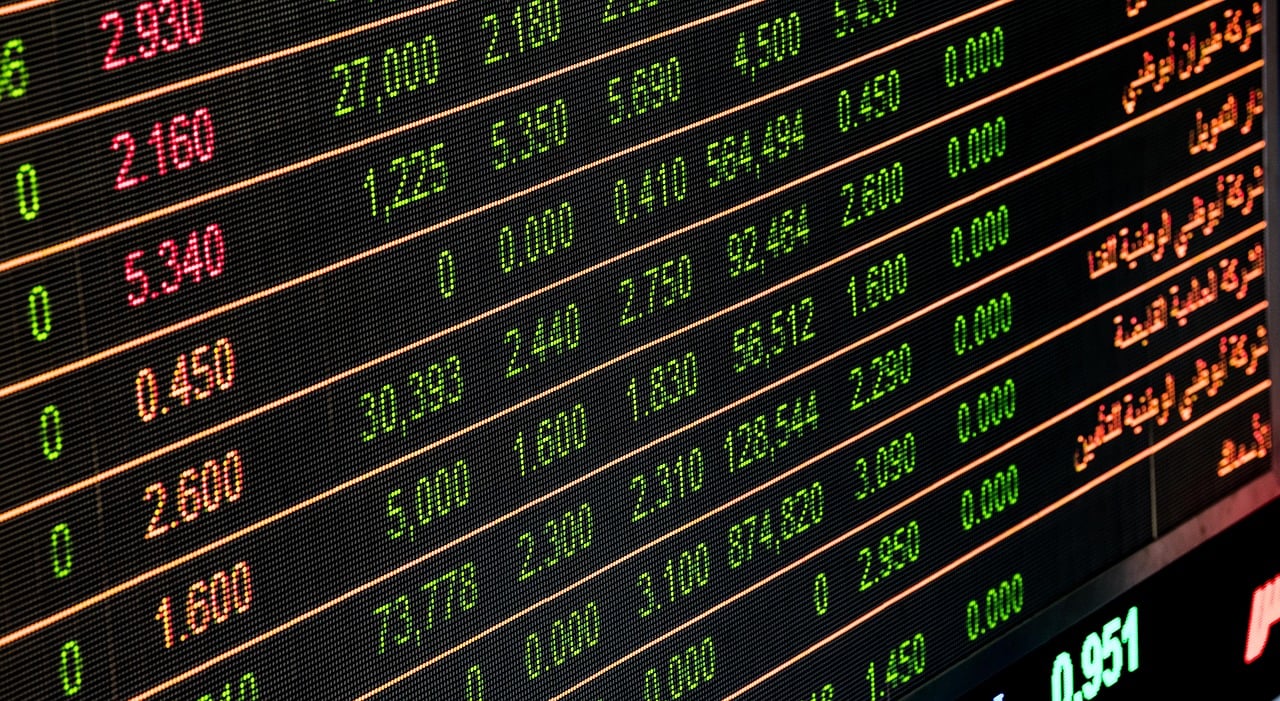By Arthur Chachuna of Brokerage-Review.com
Overview of Index ETF’s
Exchange-traded funds are gaining in popularity due to their low expense ratios. If you’re considering making an investment in the U.S. stock market, take a look at the following index ETF’s. They have high ratings and have delivered consistent returns.
Vanguard S&P 500 ETF (VOO)
Vanguard’s S&P 500 fund tracks America’s most-watched stock market index. Composed of the underlying 500 stocks, VOO has done a very good job of tracking the S&P (13.50% annualized for the fund versus 13.54% for the index over five years).
Morningstar grades VOO five stars out of five, its highest rating, on a five-year basis. On a three-year basis, the fund has four stars with an average rating for risk and an above average rating for return.
The annual expense ratio of Vanguard’s S&P 500 fund is just 0.04%. This is one of the cheapest ETF’s in the industry. With nearly $88 billion in assets, it’s also one of the largest funds.
Vanguard’s ETF has an average daily volume of more than two million shares. Such high volume produces a very tight bid-ask spread, which further reduces the cost of trading the fund.
VOO pays distributions quarterly. Currently, its yield is around 1.9%. The fund can be traded commission-free at Vanguard. A few other brokers could offer VOO without any trading costs. Firstrade is one example.
SPDR® S&P 600 Small Cap Value ETF (SLYV)
Another fund to look into is SPDR’s S&P 600 Small Cap Value fund. SLYV tracks the S&P SmallCap 600 Value Index. According to the fund’s prospectus, it may invest up to 20% of its holdings in securities that aren’t in the index. The index invests in stocks that have low capitalizations and are priced below their estimated intrinsic values.
SLYV has a Morningstar rating of five stars. Unlike VOO, this grade is for all timeframes that Morningstar looks at: 3-year, 5-year, and 10-year periods. In all three cases, the stock analyst considers the fund’s risk profile to be average, while its return potential is high, a very good sign.
The SPDR fund does have a higher expense ratio than what we saw with Vanguard; it’s 0.15%. Nevertheless, this is still very low by industry standards. The average daily volume of SYLV is 65,000, which is a little low.
SLYV yields about 1.6% right now. It pays dividends once every three months.
iShares Select Dividend ETF (DVY)
Next up is a fund from iShares that tracks the Dow Jones U.S. Select Dividend Index. This benchmark is composed of equities that have a history of paying large dividends. The fund itself releases cash every three months.
Morningstar views the fund’s risk level to be low, a good sign if you’re concerned about volatility. DVY’s return profile is between average and high, depending on what timeframe you analyze. The fund has between four and five stars, a definite plus.
In 2008, a most terrible year for investors, DVY dropped 33%, which isn’t that bad given what other securities did that year. The fund’s best year in recent memory is in 2013, when it delivered 29%. DVY’s 10-year performance record is 9% annualized, which is higher than the mid-cap value category has performed.
DVY’s portfolio has more than $16 billion in assets, and the fund charges 39 basis points per year. Its average volume is nearly 640,000 shares per day, which is enough to produce a very small bid-ask spread.
First Trust Mid Cap Core AlphaDEX® ETF (FNX)
FNX from First Trust attempts to follow the Nasdaq AlphaDEX Mid Cap Core Index. This benchmark is composed of growth stocks from the Nasdaq US 600 Mid Cap Index that perform well on various metrics across 3-month, 6-month, and 12-month timeframes.
Most of the stocks in the portfolio are US equities. One, Adient PLC, is based in Ireland. Some of the American securities include Skechers, Interactive Brokers, Entegris, Alaska Air, and Kirby Corp.
The holdings have produced a four-star rating from Morningstar over a 10-year period. While FNX’s risk profile is rated at above average, the stock analyst considers the fund’s return potential to be high (the highest possible rank).
The expense ratio of FNX is 63 basis points, and the fund’s average daily volume is 37,000. At present, the fund is yielding 80 basis points annually. Distributions are paid every three months. The fund has over $770 million in assets.
Oppenheimer Large Cap Revenue ETF (RWL)
Last, but not least, in our survey is RWL from Oppenheimer. The fund tracks the Revenue Weighted Large Cap Index, which is composed of the same 500 stocks in the S&P 500; but this fund re-weights the stocks by each company’s gross revenue. Thus, a corporation that generates a lot of income will compose a larger percentage of the fund, compared to the regular S&P 500 index, which weights based on market cap. The advantage of Oppenheimer’s methodology is that it avoids the bias towards stocks that may be overbought.
RWL charges 0.39% per year for management. The fund has nearly $1 billion in assets. It yields close to 2% per year, and has a bid-ask spread of less than 0.40%, which is decent. Its average daily volume is above 68,000.
Morningstar grades the fund five stars over a 5-year period, and three stars over three years. Its return potential is higher than its risk over five and ten years. The fund has paid quarterly dividends for several years now.
Summary
When looking at US equity ETF’s, remember that some brokers offer a free DRIP plan that will let you reinvest cash distributions as additional shares. Also some brokerage firms offer a select list of exchange-traded funds commission-free, which further reduces the cost of trading.
Disclosure: I have no positions in these ETFs





